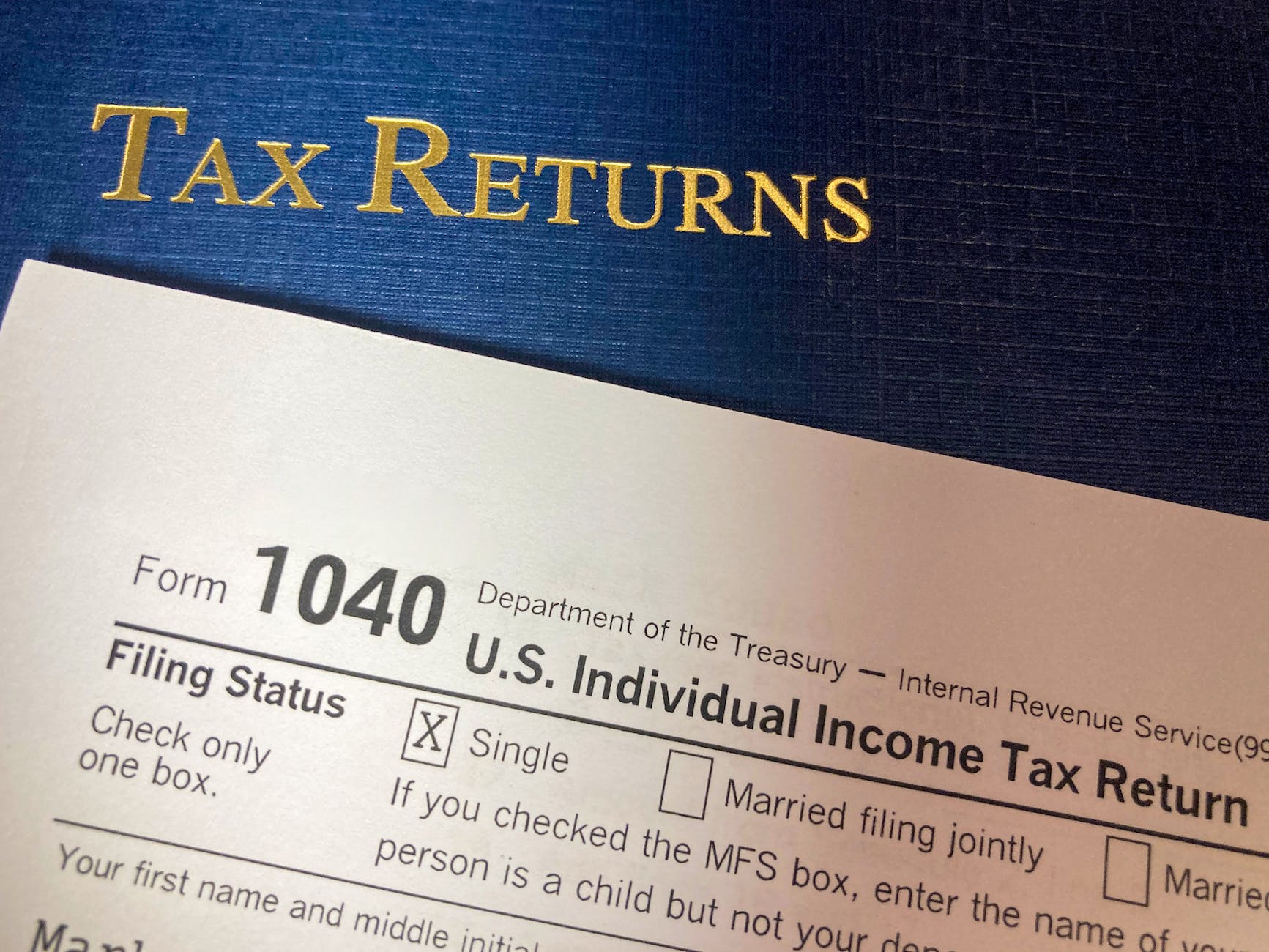
Tax
Tax relief is an essential aspect of fiscal management, providing individuals and businesses with viable options to manage and reduce their tax obligations. These relief measures are not only crucial for maintaining financial stability but also play a key role in the broader economic context. The concept of tax relief encompasses various strategies and services, often facilitated by professional tax relief services, designed to help taxpayers navigate complex tax situations. These strategies may include reducing the overall tax liability, setting up manageable payment plans, or even negotiating settlements with tax authorities. In this article, we will talk about tax relief and explore its various forms, operational mechanisms, and the potential benefits it offers.
What Is Tax Relief
Tax relief is a set of legal strategies and measures that aim to alleviate the tax burden on individuals and businesses. This concept is foundational in tax law and fiscal policy, providing mechanisms to make tax obligations more manageable without eliminating them.
Primarily, tax relief is not a means of evading tax responsibilities but a way to restructure or reduce the tax liability to a more manageable level. This restructuring can be particularly crucial for taxpayers facing financial hardships, ensuring that their tax obligations do not exacerbate their difficulties. Tax relief measures can take several forms, such as:
Payment Plans
One of the most direct forms of tax relief is the establishment of payment plans. These plans allow taxpayers to pay their dues over a period rather than in a lump sum, making it easier to manage their finances without falling into default. Such plans can be customized based on the taxpayer’s ability to pay, with considerations given to their income, expenses, and overall financial situation.
The IRS often allows taxpayers to pay their full balance in smaller, more manageable payments. There are long-term plans (over 120 days) for debts less than $50,000 and short-term plans (120 days or less) for debts up to $100,000.
Reduction of Owed Amount
In certain cases, tax authorities may agree to reduce the total amount owed. This option is available for those under significant financial strain, unable to pay their tax bill in full. The Internal Revenue Service (IRS) may permit settling the debt for less than the full amount. Factors like income, expenses, assets, and ability to pay are considered in this process.
Special Considerations in Extraordinary Circumstances
Qualifying taxpayers can have penalties on their tax bill forgiven, though they still owe the taxes. Eligibility for penalty relief often requires compliance with payment plans and may include special considerations for hardships like natural disasters.
In these cases, tax authorities might offer deadline extensions, waive certain penalties, or even reduce the tax liabilities to ease the burden on affected taxpayers. This aspect of tax relief is crucial in providing immediate support to those impacted by circumstances beyond their control.
Tax Credits and Deductions
Tax relief also comes in the form of tax credits and deductions. These can lower the taxable income or directly reduce the tax liability. Such tax relief forms can provide relief to low-income families, businesses investing in certain areas, or individuals incurring significant medical expenses.
Statutory Exception
If taxpayers receive incorrect written advice from the IRS, they might qualify for this exception. To apply, one must submit the erroneous advice received and related tax adjustment reports.
Benefits and Considerations
While owing the IRS can be daunting, addressing the issue and forming a plan can lead to various relief options. Paying attention to IRS communications and complying with the requirements often increases the likelihood of obtaining relief. Additionally, professional assistance in navigating tax relief can be beneficial, potentially saving money in the long run.
Conclusion
With tax relief, tax authorities aim to strike a balance between collecting necessary revenues and ensuring that tax obligations do not become insurmountable burdens for taxpayers. This approach reflects the principle that tax systems should be fair.
By understanding the available options and meeting specific criteria, taxpayers can significantly alleviate their tax burdens. Whether through compromise offers, repayment plans, penalty relief, or statutory exceptions, tax relief provides a pathway to financial stability and compliance.






